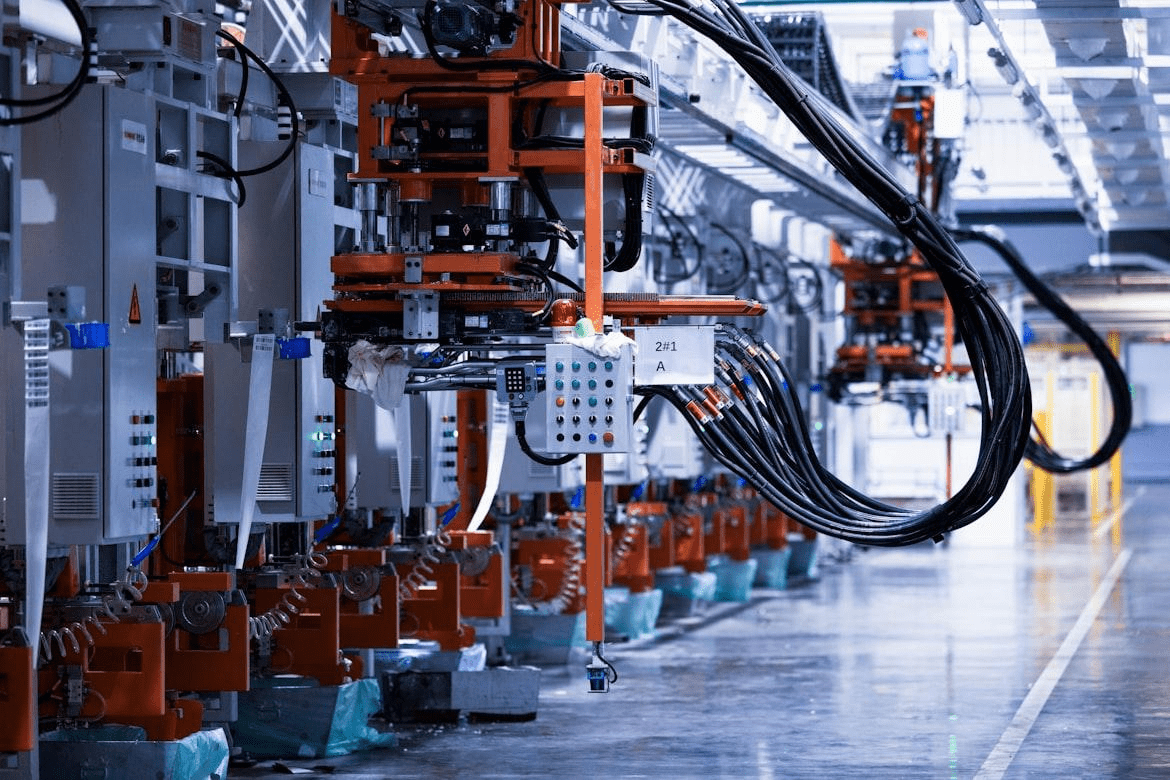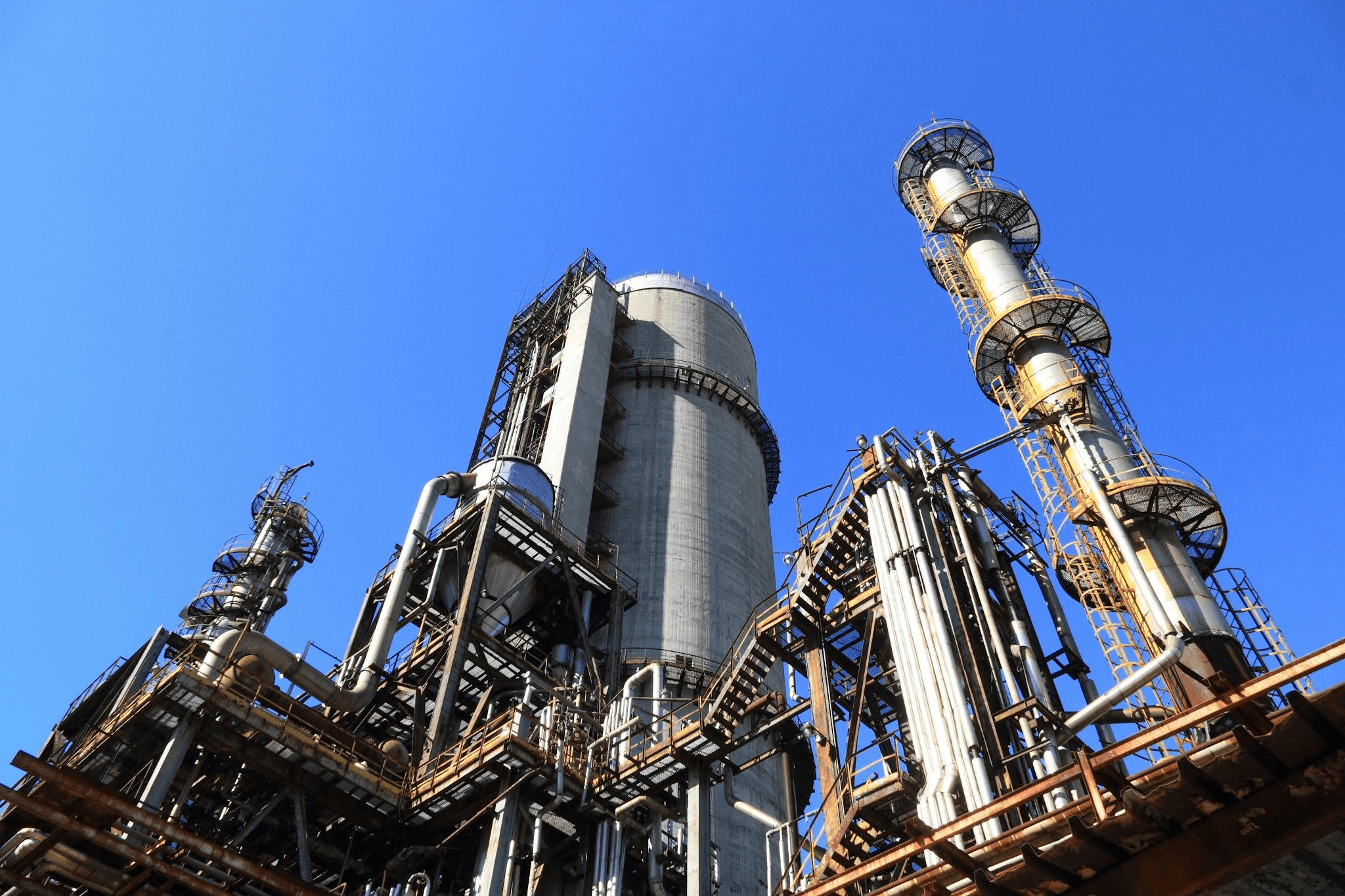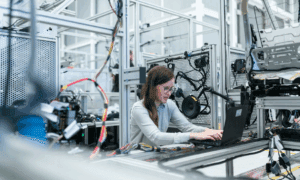Heavy industry faces mounting challenges as shifting climate patterns disrupt operations and increase costs. Rising temperatures, extreme weather, and evolving regulations push companies to rethink long-standing practices. Technological innovation offers practical solutions that enhance resilience, improve efficiency, and reduce environmental impact. Strategic adoption of digital systems and advanced equipment keeps industries competitive while meeting growing climate demands.
Integrating Real-Time Monitoring Systems
Real-time monitoring systems give industrial operators a clear view of environmental conditions that affect production. Advanced sensors collect data on temperature, humidity, vibration, and atmospheric changes. This information allows teams to predict risks and intervene before they escalate. For example, heat waves can strain power grids and equipment, but monitoring can help plants adjust workloads to prevent sudden failures.
Many companies deploy cloud-based platforms that process sensor data instantly. These systems trigger alerts when conditions exceed thresholds, enabling rapid response. As a result, downtime decreases, maintenance becomes more targeted, and operational stability improves. Facilities using advanced monitoring saw unplanned outages drop by 25 percent compared to those relying on manual checks.
Reinforcing Infrastructure Against Extreme Conditions
Many facilities now use technology to reinforce their physical infrastructure against harsh environmental shifts. Predictive modeling tools simulate the long-term effects of changing weather patterns, guiding upgrades and material selection. These models consider factors like wind intensity, precipitation, and temperature fluctuations to create tailored reinforcement strategies. Midway through this process, industries adopt specialized coatings and design modifications to protect equipment from climate shift, ensuring production lines can handle environmental stress without major disruptions. These improvements often extend equipment lifespan and reduce emergency repair costs.
Some companies implement modular infrastructure components that can be replaced or adjusted based on updated climate data. This flexibility prevents major overhauls when conditions evolve unexpectedly. It aligns capital expenditures with actual risk rather than speculative estimates, resulting in smarter investments. In coastal regions, for instance, reinforced seawalls and elevation systems protect storage tanks from rising water levels, minimizing costly flooding incidents.
Transitioning to Low-Carbon Energy Sources
Shifting to cleaner energy sources has become a strategic priority for heavy industries. Solar arrays, wind farms, and hydrogen fuel systems reduce dependence on fossil fuels while improving operational resilience. Many industrial facilities integrate microgrids that balance renewable energy with traditional power. This setup maintains production during power disruptions caused by heatwaves, storms, or grid instability.
The U.S. Department of Energy reports that industrial microgrids can reduce greenhouse gas emissions by up to 30 percent while cutting energy costs. Digital controllers optimize power usage, switching between renewable and conventional sources based on availability and price. This flexibility helps companies meet regulatory targets without sacrificing productivity.
Utilizing Predictive Maintenance Technology
Predictive maintenance relies on artificial intelligence and machine learning to detect potential equipment failures early. Algorithms analyze sensor data to identify unusual patterns, such as temperature spikes or irregular vibrations. These indicators often reveal problems before they cause breakdowns. By intervening early, operators can schedule repairs strategically, avoiding production interruptions during extreme weather.
Predictive maintenance reduced maintenance costs by 15 to 25 percent for participating companies. It decreased equipment downtime by 35 to 45 percent. These savings enable industries to reinvest in climate adaptation strategies, creating a reinforcing cycle of innovation and resilience.
Leveraging Digital Twins for Strategic Planning
Digital twins replicate physical systems in virtual environments, enabling operators to test scenarios and optimize performance under different climate conditions. Engineers input variables like temperature trends, storm frequency, and regulatory changes into the digital model. The twin simulates outcomes, revealing weaknesses and opportunities for improvement.
For example, a steel plant may use a digital twin to test how equipment responds to repeated heat surges. The simulation identifies vulnerable components, helping the plant prioritize upgrades. By planning adjustments before real-world issues occur, industries avoid costly trial-and-error methods. This technology turns climate adaptation into a strategic process rather than reactive damage control.
Adopting Advanced Cooling and Ventilation Systems
Rising temperatures threaten to overheat industrial machinery, leading to reduced performance and safety hazards. Modern cooling and ventilation systems use smart controls and adaptive designs to regulate temperatures efficiently. Instead of fixed settings, these systems adjust airflow and coolant distribution based on real-time heat loads.
For example, automated louvers can redirect airflow during heat spikes, while liquid cooling systems modulate coolant flow depending on sensor input. A 2023 study from the European Industrial Engineering Association found that adaptive cooling reduced energy consumption by 18 percent compared to traditional methods. These upgrades keep production stable while reducing environmental impact.
Improving Supply Chain Visibility and Flexibility
Climate pressures often disrupt transportation routes and supply availability. Heavy industries now invest in supply chain visibility platforms that use satellite tracking, machine learning, and predictive analytics. These systems anticipate delays caused by storms, floods, or temperature extremes, allowing companies to reroute shipments proactively.
Enhanced visibility helps avoid bottlenecks and maintain steady production. For example, if a major storm threatens a shipping port, predictive tools can identify alternate routes in advance. This reduces storage costs and prevents inventory shortages. A 2024 McKinsey report found that companies with high supply chain visibility were 43 percent more likely to maintain steady output during extreme climate events.
Enhancing Workforce Training With Immersive Tools
Technology-driven climate adaptation depends on skilled workers who can implement and manage new systems. Many companies use virtual reality and augmented reality training platforms to prepare teams for operating in changing environmental conditions. Workers practice emergency procedures, equipment handling, and climate-related risk scenarios in realistic virtual environments.
This approach improves readiness and reduces errors during actual events. Workers develop confidence in handling new systems, which minimizes disruptions during transitions. It helps companies comply with updated safety regulations that account for climate-related risks.
Utilizing Carbon Capture and Storage Solutions
Carbon capture and storage (CCS) technology plays a growing role in helping heavy industries reduce emissions while maintaining output. CCS systems trap carbon dioxide before it enters the atmosphere, then store it underground or reuse it in industrial processes. By integrating CCS with existing operations, industries lower their carbon footprint without completely overhauling production methods.
Recent advancements have made CCS more efficient and cost-effective. The Global CCS Institute reports that capture rates can exceed 90 percent with new technologies, making it a practical tool for industries that face strict emissions targets. As climate pressures intensify, CCS helps companies remain compliant while continuing to produce critical materials.

Heavy industry faces unprecedented climate challenges, but technology provides the tools to navigate them effectively. Real-time monitoring, predictive systems, renewable energy integration, and digital planning techniques strengthen resilience and reduce environmental impact. Companies that embrace these solutions position themselves to thrive in an unpredictable climate landscape.



































